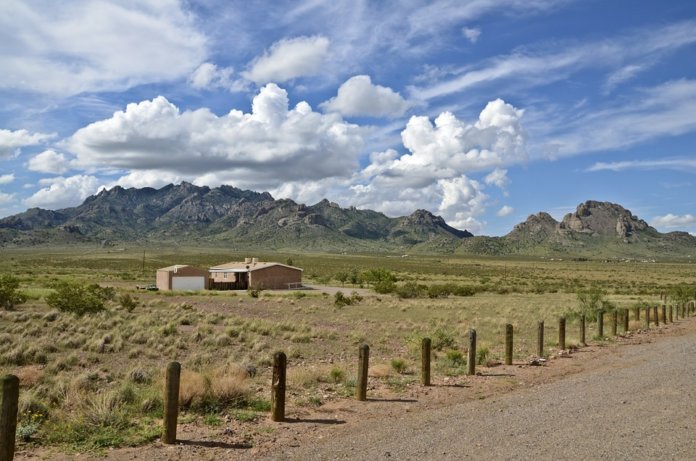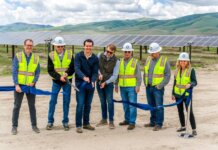Deals for utility-scale solar installations are accelerating on tribal lands in the Southwest U.S., finds a new report from the Institute for Energy Economics and Financial Analysis (IEEFA).
The report, Tribal Utility-Scale Solar Initiatives Advance Across Southwest U.S., cites the emergence of battery storage technology, state energy policy changes and the rapidly falling prices of utility-scale solar as factors driving the trend.
According to the report, three tribes in particular are advancing the trend:
- In Nevada, the Moapa Band of Paiutes in 2017 blazed the tribal utility-scale solar trail with a 250 MW installation that supplies power directly to the Los Angeles Department of Water and Power. The tribe is proceeding now with the development of two new solar farms, totaling 200 MW and 300 MW, that will provide power to NV Energy.
- In New Mexico a tribal utility-scale solar project on Jicarilla Apache land will send power via the Public Service Co. of New Mexico to the City of Albuquerque as part of a larger plan to replace generation that will be lost in the closure of the coal-fired San Juan Generating Station. The Jicarilla project pairs solar generation (50 MW) with a storage component (20 MW).
- In Arizona and Utah, the Navajo Tribal Utility Authority has partnered with the Salt River Project in Phoenix on a 55 MW solar park that feeds into the regional grid, and the tribal utility has struck a deal with 16 Utah cities to buy electricity from a planned 66 MW solar farm on tribal land in San Juan County, Utah.
“All the deals are tied to long-term power purchase agreements that run from 15 to 25 years, and pricing on the most recent ones – ranging from roughly $21-$23/MWh – shows why utility-scale solar has become so attractive,” the report states. “Gas- and coal-fired electricity generation, by comparison, are much more expensive.”
The report notes, for example, industry details from Lazard’s most recent annual levelized cost of electricity data update, which put the cost of coal-fired generation nationally at $60-$143/MWh and gas-fired generation at $41-$74/MWh. The unsubsidized cost for wind ranged from $29-$56/MWh, with the subsidized cost falling as low as $14/MWh. Lazard estimated the unsubsidized price of utility-scale solar at $36-$44/MWh.
“That estimate now seems behind the times,” the IEEFA report says.
The report notes nonetheless that tribal lands in the Southwest remain vastly underdeveloped on the utility-scale solar front and that enormous opportunity exists for deals among utility companies, tribal governments and tax equity developers.
“Tribal lands of the Southwest U.S. are far and away the largest single repository of utility-scale solar potential, but development of these resources has moved at an almost glacial pace,” the report adds. “Indications are that a paradigm shift is at work, however, as tribal interests begin to partner with developers that bring tax advantage incentives to the table and with utility companies driven by the low cost of utility-scale solar; state mandates also, in some instances, are helping propel the uptake of renewable energy.”
The full report is available here.




